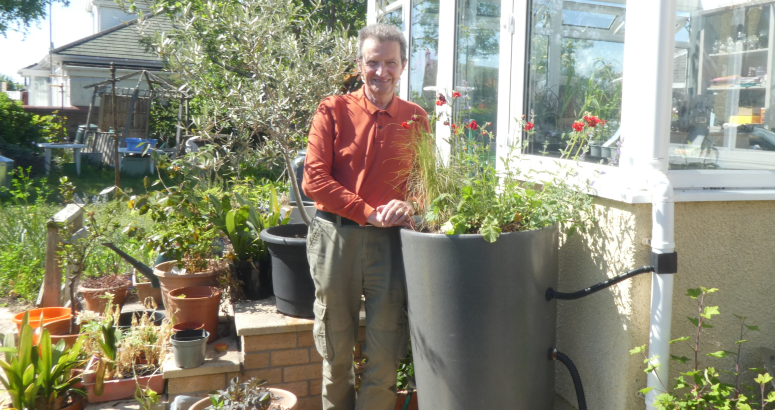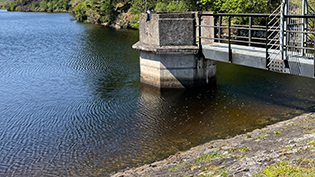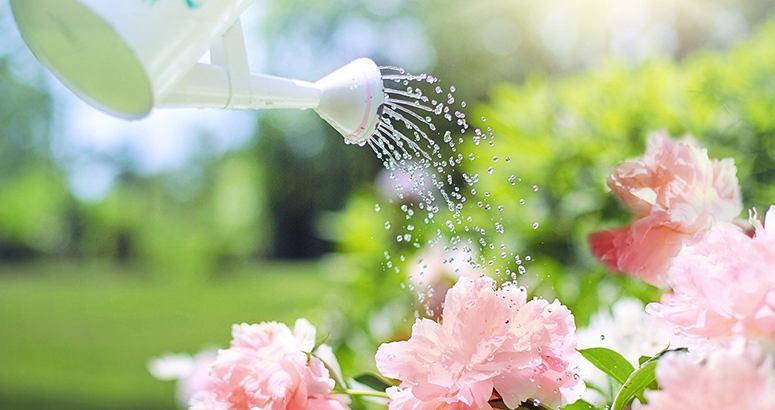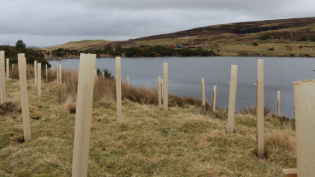Innovative Flooding Scheme Completed in Prestwick
20 May 2025
Planters take Prestwick
Free water butts and planters have been given to residents in Prestwick in an effort to mitigate flood risk.
The pilot Scottish Water scheme, aimed at mitigating the risk of flooding by capturing rainwater runoff from roofs before it enters the drainage system during extreme weather, has seen 31 water butts and 32 planters now installed at 53 properties in one of the town's neighbourhoods including St Ninian’s Episcopal Church.
Rainwater runoff from over 5000m2 of roof area has been removed from flowing into the drainage system around Maryborough Road, Grangemuir Road, Ayr Road, and the railway track, reducing the risk of flooding further downstream.
Installation of the water butts and planters was carried out by contractors Clancy, while there are plans to install monitors at two properties participating in the scheme to capture data on how effectively rainwater runoff is captured.
Rainwater runoff from over 5000m2 of roof area has been removed from flowing into the drainage system around Maryborough Road, Grangemuir Road, Ayr Road, and the railway track, reducing the risk of flooding further downstream.
Installation of the water butts and planters was carried out by contractors Clancy, while there are plans to install monitors at two properties participating in the scheme to capture data on how effectively rainwater runoff is captured.
Project manager Max Currie said: “It is great to see this pilot project now complete and actively helping to reduce the amount of water that is flowing into the drainage system in Prestwick.“Incorporating nature-based solutions into the way we deal with flooding issues not only enhances the resilience of our communities, but also offers a more sustainable and cost-effective approach to mitigating the impacts of climate change.”
Max Currie
Project Manager
“Incorporating nature-based solutions into the way we deal with flooding issues not only enhances the resilience of our communities but also offers a more sustainable and cost-effective approach to mitigating the impacts of climate change.”
He added: “Our thanks to all residents who participated in the scheme – the pilot has helped us learn a lot about the best way to deliver these initiatives and will inform how we develop and implement future projects, as well as provide us with valuable data on the impact it has on reducing the risk of flooding.”
Local resident John Park was one of those who participated in the scheme and had a water butt and planter - complete with plants - installed at his property.
He said: “The plants are really thriving and looking lovely. The water butt is particularly useful when the weather is dry and my plant pots need watering. I always try to use rainwater as I believe it is better for the plants. When family visited for Easter they commented on the good appearance and quality of the raingarden and the water butt.”
Scottish Water is in the process of delivering a similar scheme in the Craigleith area of Edinburgh, with involvement from the Royal Botanic Garden Edinburgh.










